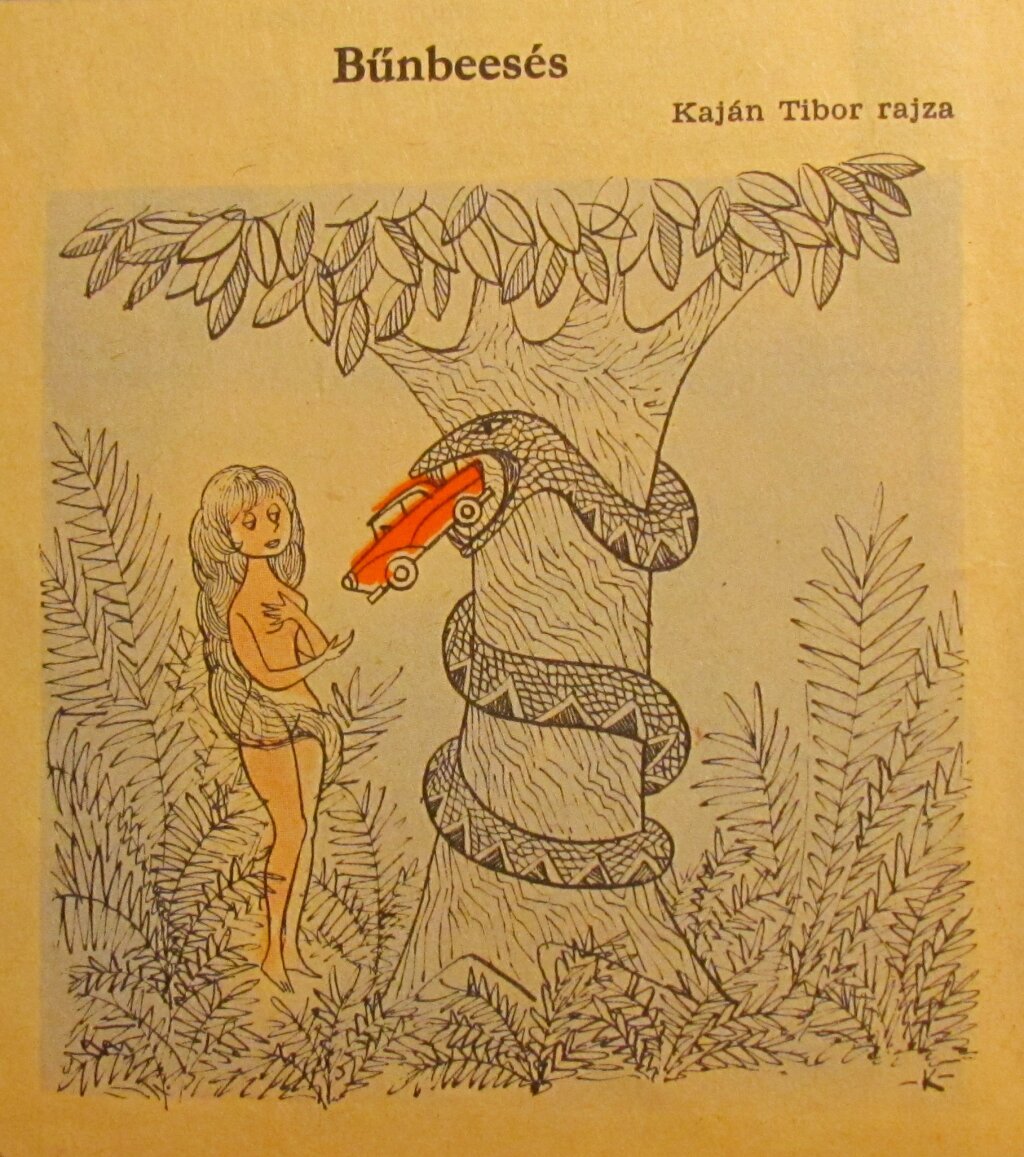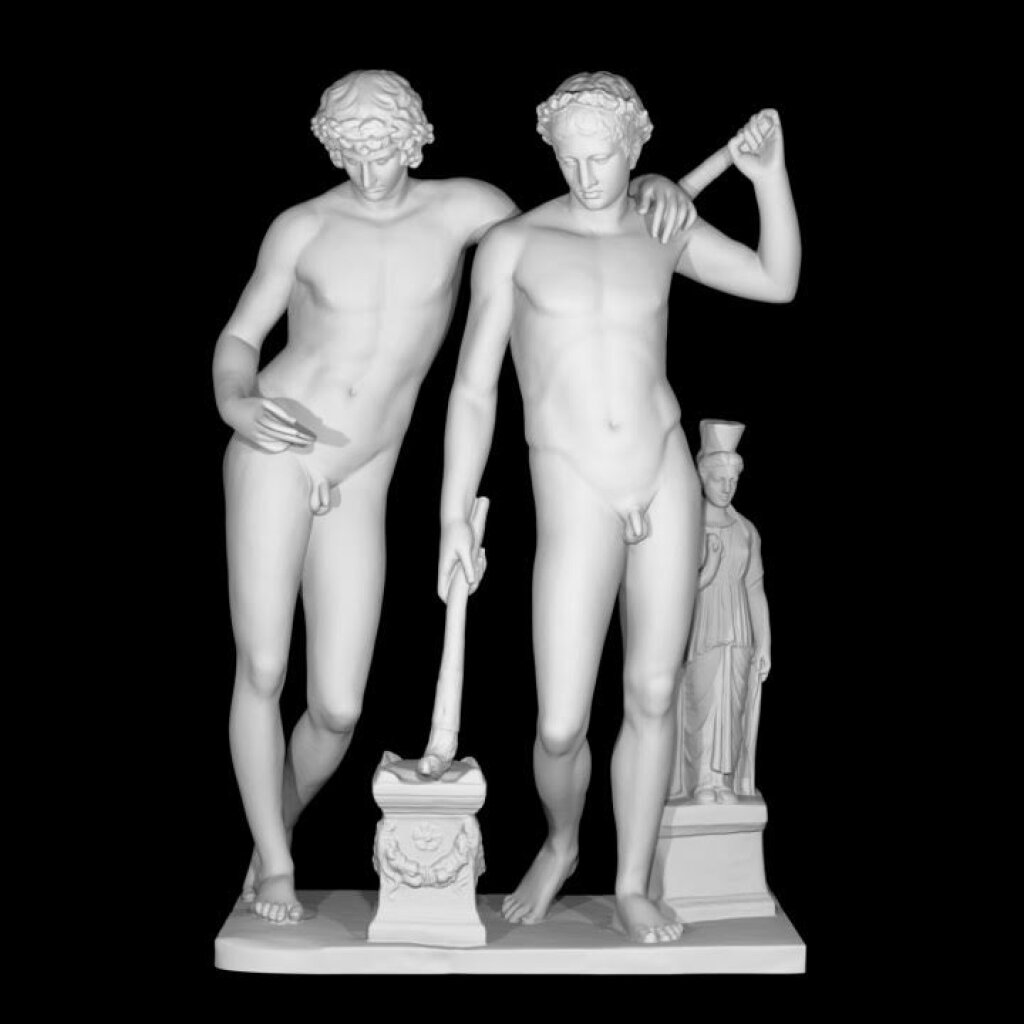Nicole Disser is a graduate student in Russian & Slavic Studies and Journalism at New York University.
If you can remember picking up a copy of the Washington Post on the morning of August 30th, 1979 you may recall the shock of reading a front-page headline announcing something quite unimaginable-- “Rabbit Attacks President.” Reading on, you would come to find out President Jimmy Carter had been involved in an “incident” in which he fearfully fought off the reportedly not so cuddly advances of what most people find to be a tiny, fuzzy creature. Brooks Jackson of the Post quoted the President’s description of the attack, “It was hissing menacingly, its teeth flashing and nostrils flared, and making straight for him.” I recall the anecdote clearly from a 10th grade history class, and can’t imagine how strange such an incident must have seemed to political junkies of the late 1970s.
At the time the article ran, the President’s approval ratings were already at an all time low. While the media coverage of the incident doesn’t appear to directly correlate with damage to the public’s perception of President Carter--coverage of the economic recession and foreign policy missteps took care of that--the reportage is certainly indicative of the media’s tendency to portray Carter as an out of touch, “amateurish incompetent”, and at worst a goofy weakling.
Today, the image of President Vladimir Putin of Russia stands in stark contrast to the 1970s media portrayal of President Jimmy Carter. Media consumers throughout the world are familiar with the Putin administration’s publicity stunts, which portray the President as the physical embodiment of shirtless, raw power. These same consumers have responded by making fun of this strongman image, as evidenced in the relentless memes various Putin press appearances.
Despite the overwhelming recognition by the public of the irony of such stunts, Western media continues to effectively buy into the image of the Russian strongman hell bent on thwarting American influence with the power of a jujitsu kick to the face. This concept of the Russian strongman leader is ubiquitous, and it can certainly be classified as a commonplace.
Of course, Putin isn’t the only political strongman of the former Soviet Union covered by the media. The Ukrainian Presidential elections are currently in full swing, and one of the frontrunners in the race is Vitali Klitschko, heavyweight-boxing champion of the world. A New York Times profile of the boxer describes him as “handsome, in a brutal fashion,” and as a man that speaks with a “booming voice.”
David Herszenhorn’s New York Times article reports on the Ukrainian presidential race and the enthusiasm that surrounds Klitschko’s candidacy. The article is peppered with language that speaks to his physical strength. Klitschko is described as “pounding away, oratorically” while giving a speech. “With one giant hand wrapped around a microphone, the other occasionally chopping the air, he landed blow after blow against the status quo…”
The image of Klitschko’s larger-than-life presence and the equation of physical enormity with his political prowess certainly qualify Klitschko as an example of the strongman commonplace. A BBC article describes him as having “hands like watermelons.” Klitschko, like Putin, is powerful and commanding because of his physical strength. Press photos of a shirtless Putin, riding a horse through rugged mountain terrain are among what we’ve come to expect. This individual strength is symbolic of rule by force. If Putin can defeat tigers and bears, he can certainly win a political arm wrestle.
The portrayal of the Russian (or Ukrainian) strongman as physically strong presents a contrast to the way in which American leaders are generally viewed in the press. American media regards certain behaviors by politicians as inherently positive and another set of behaviors as unacceptable. These principles are somewhat fluid-- shows of strength, need to strike a delicate balance. Though it’s important for a politician to avoid appearing weak or physically incapable —see Jimmy Carter and the killer swamp- rabbit incident—appearing to have superhuman abilities is certainly not the aim either. The most physically active portrayal I’ve seen of Secretary of State Hilary Clinton is the video in which she gyrates ever so politely while being grinded by a much larger woman. Though it’s not required of an American politician to be totally ripped, it’s unseemly to be obviously unhealthy—see media obsession with Governor Chris Christie’s weight. On the other hand, too much strength is also out of place. For example, former Governor of California and famous bodybuilder turned action movie star Arnold Schwarzenegger and former Governor of Minnesota pro-wrestler extraordinaire Jesse Ventura are certainly exceptions in politics.
Another facet of the strongman image is that of distance. Putin never appears amongst the people. There is always a certain degree of separation between him and his constituency. Strongmen can be of the people or for the people, yet they are generally above, or apart from the people, sometimes literally. In 2010 Putin personally flew a plane over forest fires in Central Russia to help put out the flames.
American Presidential candidates, on the other hand, are tacitly required by the media to exude a degree of closeness to the people from which strongman politicians are exempt. For example, Governor Romney was harshly criticized for appearing to keep a safe distance physically and emotionally from average voters, only coming out of his shell during intimate fundraisers with wealthy campaign contributors. Candidates are required to engage directly with the people. They sometimes go as far as to make physical contact, think back-patting, handshaking, baby holding —even old lady kissing.
American presidential candidates benefit from instances in which they appear to be at the very level of the people. Robert Draper of the Times described this as the struggle “to clear the regular-guy bar.” It’s thought that many voters measure the relatability of a candidate, something highly valued in American politics, based on if they could see themselves “having a beer with the guy.” It’s important to avoid appearing “out of touch” with the average citizen, a common criticism of politicians found within the media. This doesn’t appear to be even a bit of concern to strongman politicians. The perception that you could have a drink and hang out at a barbeque with them is counterintuitive, and detracts from their powerful image.
While the Russian strongman is portrayed as apart from the people, he is also very much apart from other politicians. This secrecy and distance are another source of power. Upon reelection, much media coverage was devoted to Putin’s packing of the administration and bureaucracy with loyalists and those closest to him. Meeting demands of the opposition through compromise or alignments are certainly not in the vocabulary of Western media coverage of Russian politics.
Bipartisanship and openness to other politicians are attributes of a positive representation of the American President. Obama has received attention for his “small—and shrinking—inner circle of aides and old friends.” This is part of his reluctance to “go out of his way to play the glad-handing, ego-stroking presidential role.” The fact that this is recognized as something noteworthy, even unusual, is indicative of the media’s classic definition of the American President as a leader who is at once a back-slapping, wide-smiling politician and a refined, serious diplomatic. Somehow Obama defies the commonplace image.
Descriptions of hand gestures and body language present another point of contrast. The New York Times online released a fascinating account of President Obama and Mitt Romney’s hand gestures during the debates. The interactive piece connects certain repeated hand gestures with corresponding speaking points. The theory is that body language is calculated, and meant to convince voters.
Watching Putin speak is a totally different experience for the viewer. As opposed to American politicians attempting to convince voters, for Putin there is no argument. What he says goes¾there’s no need for placating gestures. Take for example Russian television’s live coverage of the 2011 Question and Answer session with Putin. The President appears totally comfortable, as if casually sitting and explaining things to people. The camera focuses mostly on his body from the chest up; his hand gestures are rarely displayed. Though Putin’s body language is also calculated, the media’s choice of framing Putin communicates steadfastness.
This strongman common place is so omnipresent, that when evidence appears to the contrary it’s newsworthy. Take this New York Times article in which Ellen Barry reports on rumors of Putin’s illness. The accompanying image shows Putin hunched over in pain. Displays of emotion are seen as totally out of place, for example accounts of Putin’s misty victory speech after winning the Presidency earlier this year were mocking. These portrayals bear a striking contrast to the images of the Russian President we are accustomed to seeing, an image so embedded within the conception of leaders from Russia and the former Soviet Union, that any representation of its opposite its unusual and the exception. This bodes well for fans of ridiculous displays of Putin-muscle, but is a challenge for political leaders who wish to move beyond this framework.


